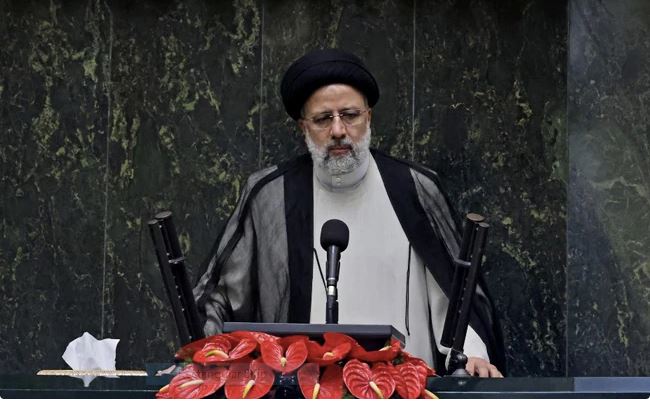
Amazon Is Taking Half Of Each Sale From Its Merchants.

Amazon.com Inc. faces challenges from slowing sales growth and rising costs, prompting the company to increase the fees charged to the nearly 2 million small businesses selling products on its online marketplace.
For the first time in 2022, Amazon’s average cut of each sale surpassed 50%, according to a study by Marketplace Pulse, which sampled seller transactions going back to 2016.
The study found that the total cost of selling on Amazon includes the commission on each sale, fees for warehouse storage, packing, and delivery, as well as money spent on advertising on the site where hundreds of millions of products compete for attention.
While paying Amazon for logistics services and advertising is optional, most merchants consider them a necessary part of doing business. However, Amazon sellers have been paying more per transaction for six years in a row, and the recent increase in fees is making it harder for them to maintain profits.
This is prompting some sellers to handle shipping themselves and to spend less on advertising on Amazon’s site. “For these small businesses, it’s getting harder and harder to be profitable because they are spending more and more money on Amazon fees,” said Juozas Kaziukenas, Marketplace Pulse’s founder and CEO.
The slowdown in sales growth is making it more difficult for merchants to absorb the increasing fees. In response to rising costs, Amazon increased the annual price of a US Prime subscription by $20 in 2022, and last month, the company announced plans to levy fees on online grocery orders of less than $150.
However, charging customers more is risky, as merchants, many of whom generate 80% to 90% of their sales on Amazon, are less likely to rebel.
Chuck Gregorich, who sells fire pits and outdoor furniture, said turning a profit on Amazon is getting harder. One of his popular fire pits costs $200, of which Amazon takes $112 for its commission, warehouse storage, delivery, and advertising. That leaves him with $88 to pay the manufacturer, ship the product in from China, and cover his overhead. The higher fees have compelled Gregorich to do more logistics himself, as other carriers can deliver fire pits for about half the price that Amazon charges to deliver bulky items.
Sellers of non-perishable grocery items are also facing challenges, as Amazon has been increasing fees for these products due to their large size. This has led to higher prices for customers, making it harder for sellers to find the “sweet spot” for pricing.
Amazon sellers don’t control the commissions Amazon charges or fees for things like packing and delivery. The one thing they control is advertising, and there are signs they are pulling back. Amazon’s advertising revenue in the holiday quarter grew 18.9%, a slower expansion than the same period a year earlier.
Amazon is dedicating more space on its site for advertising, which gives it more space to sell but also makes each spotless valuable. This is leading to a decrease in conversion rates, which measure the number of shoppers who purchase a product after clicking an advertisement.
To address these challenges, Amazon CEO Andy Jassy is cutting 18,000 corporate jobs and narrowing the company’s focus to key growth areas rather than investing in a scattered portfolio of new devices and services.





Leave a Reply